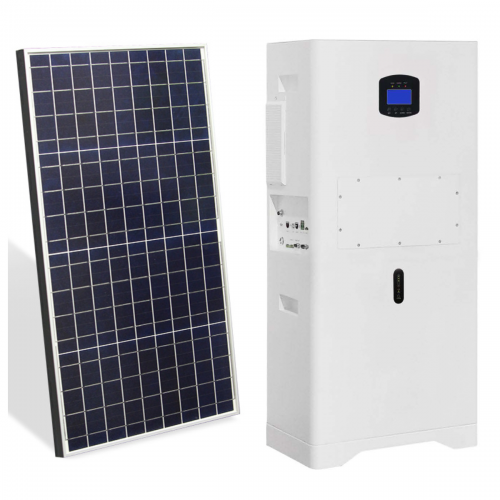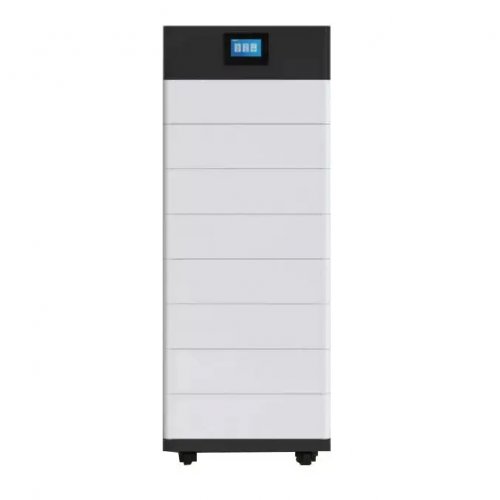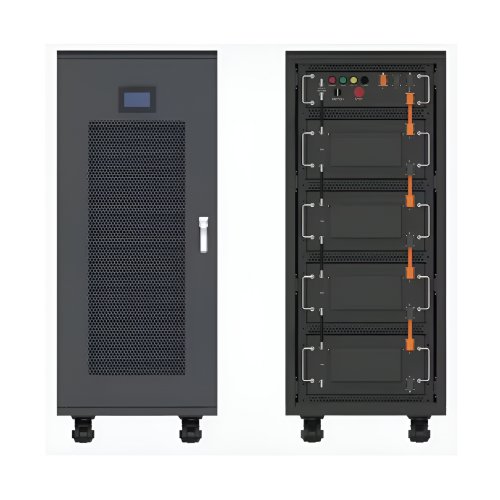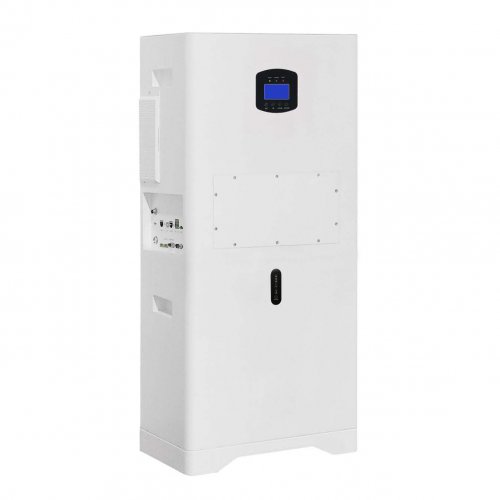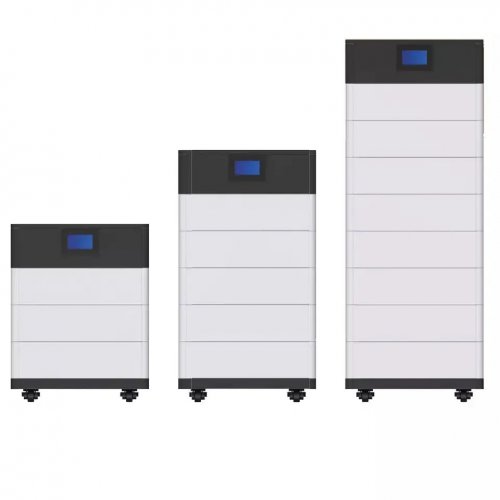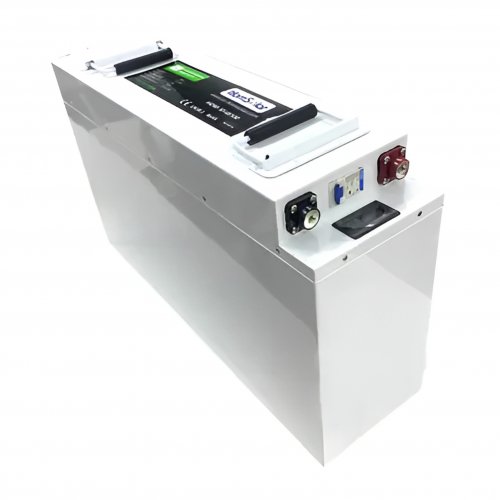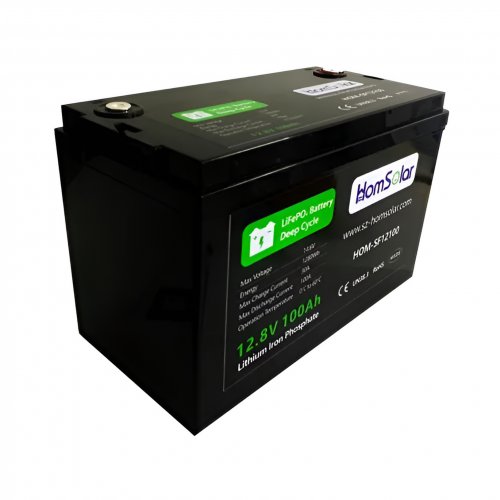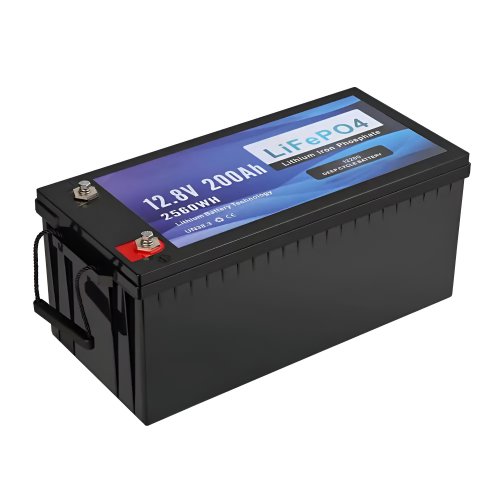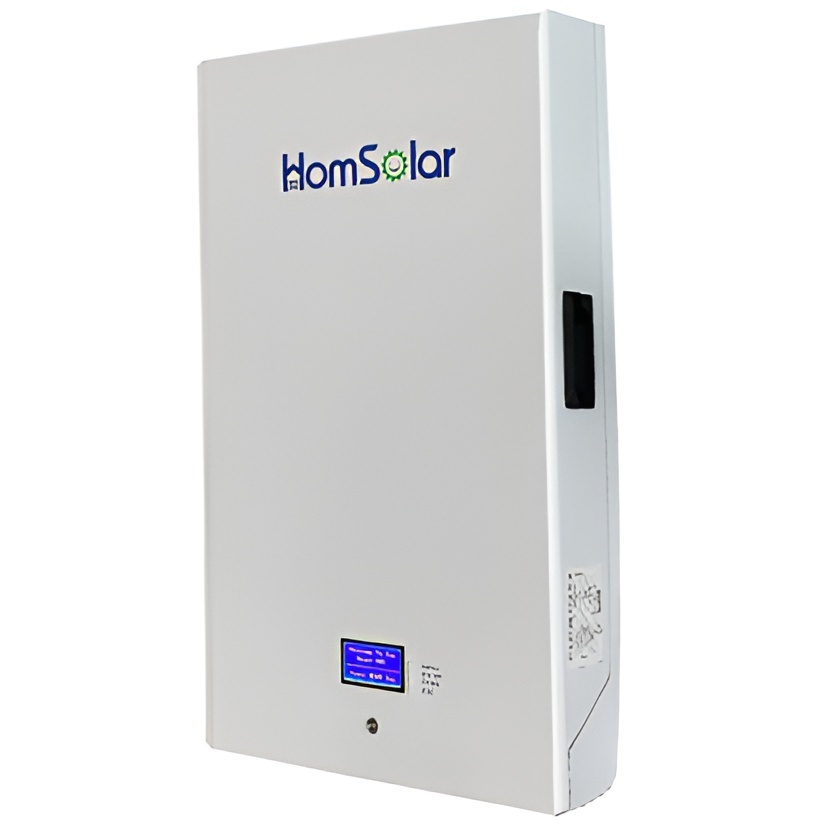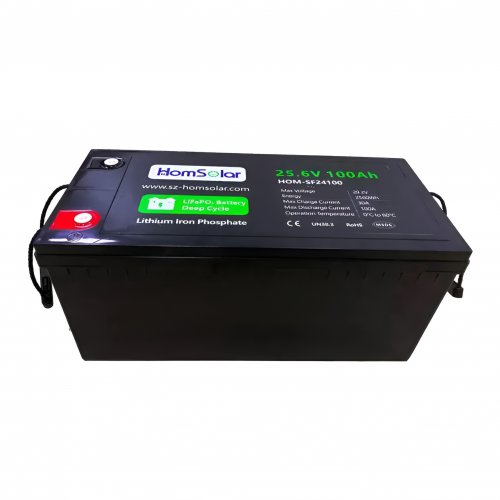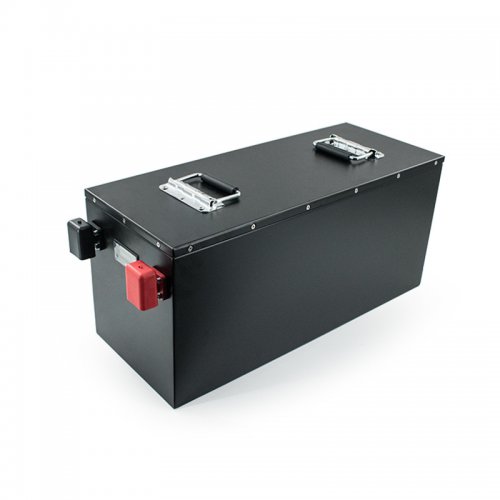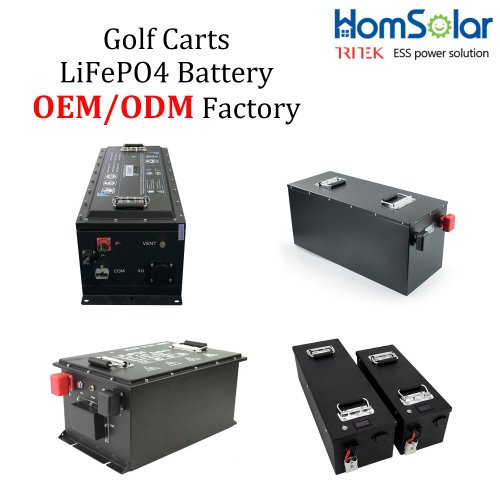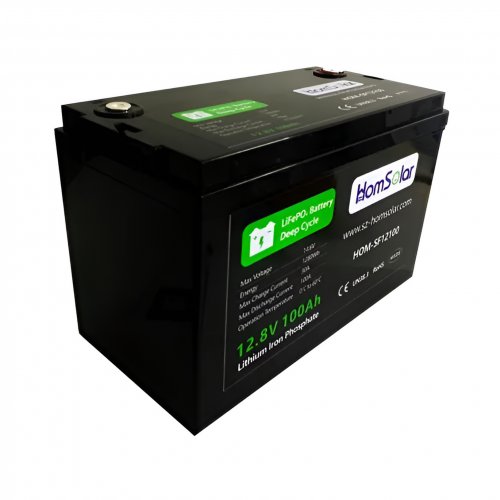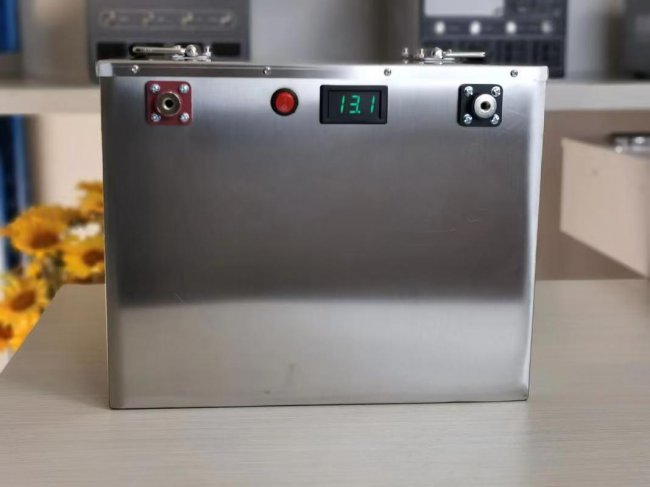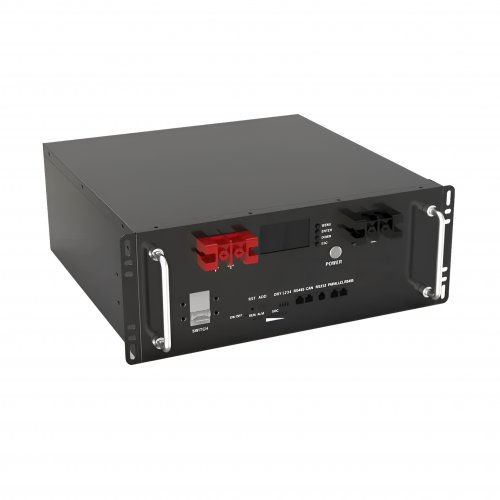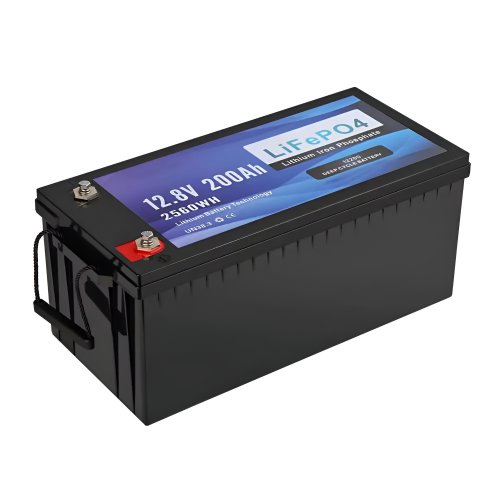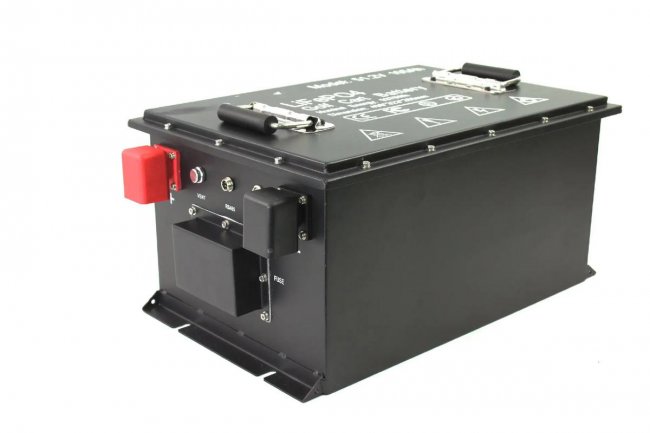New research finds utility-scale solar parks foster biodiversity
Research led by the US Department of Energy's National Renewable Energy Laboratory (NREL) has gathered data on interactions between habitat, pollinators, soil and solar energy production at three utility-scale solar projects in Minnesota.
NREL’s Innovative Solar Practices Integrated with Rural Economies and Ecosystems (InSPIRE) team has conducted research at the three sites for the last six years, in what the laboratory says is the longest-ran, most comprehensive assessment of interactions between solar, soil, habitat and pollinators to date.
The findings are presented across three studies, “Environmental Co-Benefits of Maintaining Native VegetationWith Solar Photovoltaic Infrastructure,” available in Earth’s Future, “If you build it, will they come? Insect community responses to habitat establishment at solar energy facilities in Minnesota, USA,” available in Environmental Research Letters and “Little prairie under the panel: testing native pollinator habitat seed mix establishment at three utility-scale solar sites in Minnesota,” available in Environmental Research Communications.
The three solar facilities studied in the papers are the Chisago, Atwater and Eastwood solar sites, which form part of the Aurora solar project, owned by Enel Green Power and located in and around the Minneapolis area. NREL says these solar-pollinator sites are the first commercial, utility-scale solar projects in the US to feature comprehensive research on ecovoltaics.
The research found that prairie restoration activities can occur underneath solar panels. Once prairie vegetation was established, pollinators were observed using the site as much as dedicated conservation land, with evidence pointing towards increased abundance and diversity of both vegetation and pollinators under the solar panels.
It took three to four years after the construction of the solar park for prairie vegetation to fully establish, with some species not appearing until years five and six.
Planting pollinator habitat and native vegetation was found to mitigate some of the environmental damage done to soil and habitat when solar installations are built and can eventually protect soil from future erosion, the research adds, but it also warns it can take a long time to restore soil after damage from intensive corn and soy production. NREL says the overall impact of soil restoration activities at these sites will not be clear for years to come.
The researchers also observed little to no impact on annual electricity generation across the sites. While native habitats were recorded to decrease PV module temperatures compared to base ground, this was not found to increase electricity production.
NREL says this finding counters studies in other regions, suggesting that microclimatic interaction between PV arrays, soil and vegetation is not consistent across varying landscapes and climates. “One of the most important results from this research is that we need to study more sites,” NREL agrivoltaics researcher Chong Seok Choi said. “For instance, site-specific climate – how much moisture is in the air, for example – can affect whether the cooling we observe from native habitat can lead to increased PV efficiency. There’s still so much work to be done.”
The three studies were funded by the US Department of Energy Solar Energy Technologies Office and undertaken by NREL and Argonne National Laboratory, alongside research partners from the University of Minnesota and Temple University and practitioners from MNL, formerly Minnesota Native Landscapes.
Customized/OEM/ODM Service
HomSolar Supports Lifepo4 battery pack customization/OEM/ODM service, welcome to contact us and tell us your needs.


HomSolar: Your One-stop LiFePO4 Battery Pack & ESS Solution Manufacturer
Our line of LiFePO4 (LFP) batteries offer a solution to demanding applications that require a lighter weight, longer life, and higher capacity battery. Features include advanced battery management systems (BMS), Bluetooth® communication and active intelligent monitoring.

Customised Lithium Iron Phosphate Battery Casing
ABS plastic housing, aluminium housing, stainless steel housing and iron housing are available, and can also be designed and customised according to your needs.

HomSolar Smart BMS
Intelligent Battery Management System for HomSolar Energy Storage System. Bluetooth, temperature sensor, LCD display, CAN interface, UART interface also available.


Terminals & Plugs Can Be Customized
A wide range of terminals and plugs can be customised to suit the application needs of your battery products.

Well-designed Solutions for Energy Storage Systems
We will design the perfect energy storage system solution according to your needs, so that you can easily solve the specific industry applications of battery products.



About Our Battery Cells
Our energy storage system products use brand new grade A LiFePO4 cells with a battery lifespan of more than 4,000 charge/discharge cycles.



Applications in Different Industries
We supply customized & OEM battery pack, assemble cells with wiring, fuse and plastic cover, all the cell wires connected to PCB plug or built BMS.
Applications: E-bike, Electric Scooter, Golf Carts, RV, Electric Wheelchair, Electric Tools, Robot Cleaner, Robot Sweeper, Solar Energy Storage System, Emergency Light, Solar Power Light, Medical Equipment, UPS Backup Power Supply.
We can provide you with customized services. We have the ability to provide a vertical supply chain, from single cells to pack/module and to a complete power solution with BMS, etc.


HomSolar (Shenzhen) Technology Co., Ltd







